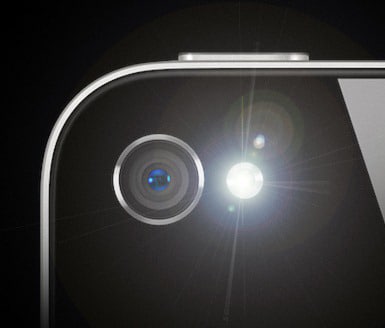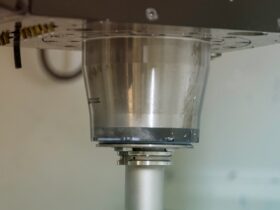LED lights have been widely used for residential and commercial applications due to their many benefits such as power efficiency and versatility. They are popular because you can extend their service lives by up to 25 times. They also produce brighter light but consume less energy compared to traditional lighting options.
LED lights use 2 common types of chips: COB and SMD LED chips. If you are new to the lighting industry, we recommend familiarizing yourself with your LED lighting options. In this article, we are going to discuss the differences between these two LED technologies.
Definitions
Let us start by defining what COB and SMD LED chips are along with their technical specifications.
SMD LED Chips

SMD is an acronym for Surface Mounted Device. SMD chips are popular because of their versatility and most LED lighting options in the market use them. Their LEDs are attached to a rectangular printed circuit board (PCB). They can come in a wide range of sizes that can produce different light intensities and colors. They are small and look like flat computer chips.
SMD chips are coated with phosphor and look like orange or yellow. Yellow SMD chips usually produce daylight white colors with color temperatures ranging from 6000K to 6500K. On the other hand, orange chips produce warm white lights within 2700K and 3500K.
SMD LED lighting options can accommodate complicated LED chip designs such as SMD 3528 chips and SMD 5050 chips. These chips are the most commonly used LED chips in manufacturing LED strip lights and neon flex lights. Small neon flex lights usually use SMD 3528 chips because they are smaller compared to SMD 5050 chips.
Moreover, SMD LED technology has played an important part in the LED industry’s progress. SMD chips allow LED lighting manufacturers to put 3 diodes on a single chip and they can have at least 2 contacts per circuit. These characteristics make it possible for you to produce millions of colors when you put red, green, and blue diodes on one SMD chip. You just need to adjust the output parameters of the LED light.
COB LED Chips
COB, short for Chip on Board, is a new LED development that aims to make more energy-efficient lighting options. They are composed of multiple diodes on a single surface like SMD chips. Their design along with their cooling ceramic substrate make COB lighting options more heat-efficient. These also allow the production of brighter lights with low energy consumption.

COB chips are found in all types of bulbs as well as in many devices such as your camera and mobile phone’s flash. They produce 80 lumens/watt or more. Although COB LED lights are energy-efficient, you cannot use them in color-changing applications because they can only produce one light color.
Advantages of SMD and COB LED Lights
When deciding between SMD and COB LED lights for your lighting needs, it’s important to explore your options thoroughly. You might find I loved this resource by Simple Lighting particularly helpful. They offer a range of indoor lighting solutions, including under-cabinet lighting. To learn more about their products and make an informed choice, you can visit their website.
Here are the advantages of each type of LED light:
SMD LED Lights
- High-density assembly
- They are lightweight and have small sizes
- They have bigger illumination angles (up to 160°)
- They are highly reliable and great in absorbing vibrations
- Improved production efficiency and low defect rates
- They are more flexible. The placement of their chips can be designed according to their PCB layout and can be modified to meet various engineering solutions
COB LED Lights
- Low manufacturing failure rates
- They are more energy-efficient.
- Shorter chip distances which saves more space
- Better heat dissipation and thermal conduction capabilities
- Customizable circuits to reduce glare
SMD vs COB LED Lights
Below is a table comparing COB and SMD LED lights:
| SMD LED Lights | COB LED Lights | |
| Lumens/ Brightness | Popular for their brightnessThey produce 50-100 lumens/watt | Known for their heat efficiency and better lumen/watt ratiosThey can produce more lumens while using less energy (minimum of 80 lumens/watt) |
| Appearance | They appear like groups of smaller LEDs | Panel-like appearance |
| Chip Characteristics | They can have a maximum of 3 diodes per chipEach diode has its own circuit with one anode and one cathodeThey can have 2, 4, or 6 contacts | Usually have at least 9 diodes.They have 2 contacts and 1 circuit, regardless of how many diodes they have |
| Versatility | Their chip alignment makes them more versatile compared to COBsEach chip can have Red, Green, and Blue diodes.They can create multiple colors using the 3 diodes by adjusting their output levels. | You cannot use them to produce color-changing lights because of their single circuit and 2 contactsThey need multiple channel adjustments to produce color-changing effectsThey are more suitable for applications requiring single light colors |
Conclusion
In summary, both COB and SMD LED lights are used in a wide array of applications. However, SMD chips are more popular because they are customizable so they can meet every user’s different needs. The major difference between the two is their versatility and energy efficiency. So when choosing which LED lighting is best for application, make sure to consider these 2 factors.














Leave a Reply